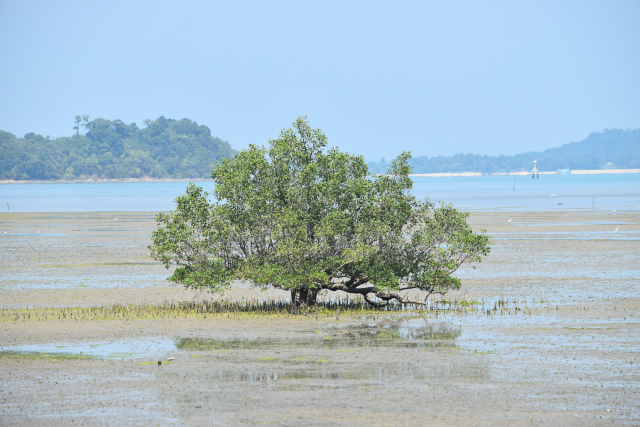29/06/2021 | Recently published by Elsevier is the first textbook on microbial communities in coastal sediments, a collaborative project between the ZMT and the University of Kerala in South India.
“Microbial Communities in Coastal Sediments” presents twenty years of coastal microbiology research, grounding it as a vital development in the field of microbial ecology. It is the first book to focus exclusively on the complex microbial ecology and its function in the marine environment. The book outlines the structure, function, and assessment of microbial communities in marine sediments while exploring practical methods of assessment. It is an important resource to aquatic microbiologists, marine ecologists, marine microbiologists, aquatic researchers, and graduate students in this field.
The book begins with an examination of nutrient sources in the coastal context with a focus on organic matter inputs. The quantity and quality of organic matter in coastal sediments and their impacts on the composition and formation of microbial communities is discussed.
It also explores the consequences of anthropogenic changes and human activity on microbial ecology and nutrient cycling. “Microorganisms are, in principle, everywhere and are involved in all material conversion processes," says Tim Jennerjahn, biogeochemist at the ZMT and co-author of the textbook. "We focused on their diverse functions in coastal sediments. This highlights important topics such as nutrient availability, greenhouse gas production, and also degradation of pollutants, in other words, a fairly broad range of scientifically as well as societally relevant topics.”
https://www.elsevier.com/books/microbial-communities-in-coastal-sediments/vincent/978-0-12-815165-5





